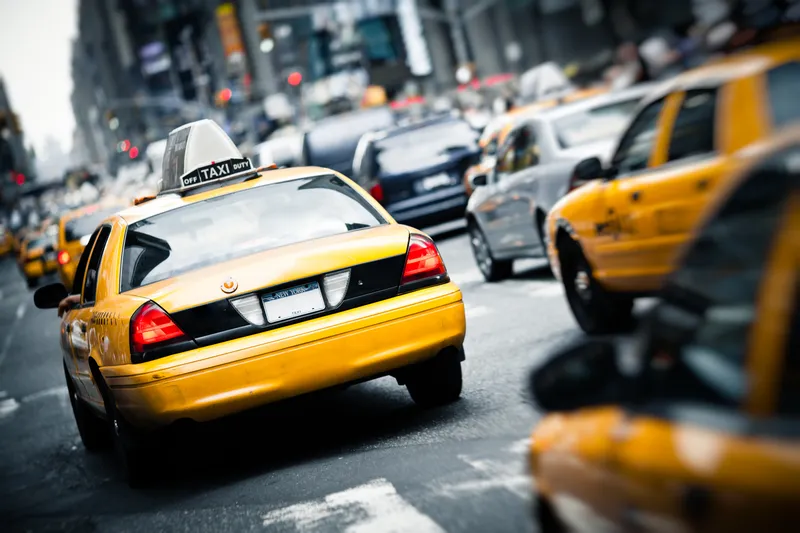Siemens ITS has reached a major milestone in its relationship with London’s congestion charging system since the contract was awarded in 2005. On 19 February 2017, the system run by Siemens has been live and operational for 10 years and during this time over two billion vehicle detection records have been processed, all with security and transactional integrity resulting in high driver compliance.
The system uses multi-lane free flow tolling technology which extends throughout London with more than 1,300
February 21, 2017
Read time: 1 min
The system uses multi-lane free flow tolling technology which extends throughout London with more than 1,300 cameras installed at over 300 sites throughout the contract life with high level of performance/reliability. In December 2014, Siemens won a contract extension which will see London benefit from the latest in tolling and congestion charging technology from Siemens through to 2021.
The Siemens Enforcement Solutions portfolio including the launch of the next generation platform, Sicore II, will be on display at Traffex 2017 at the NEC, Birmingham in April.









